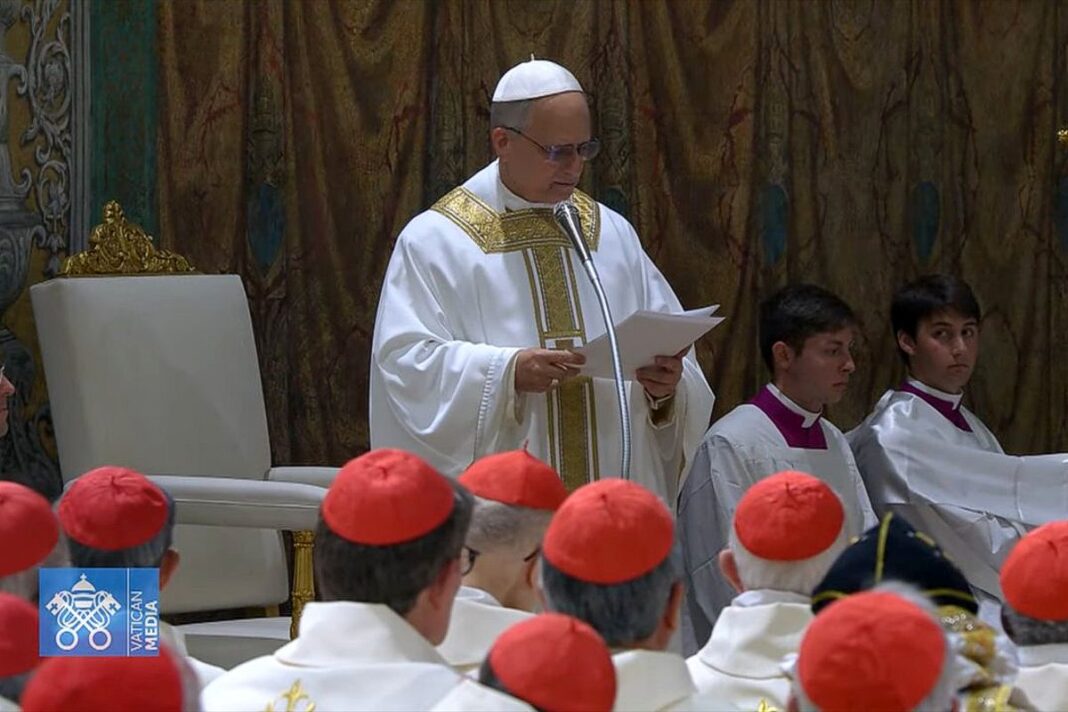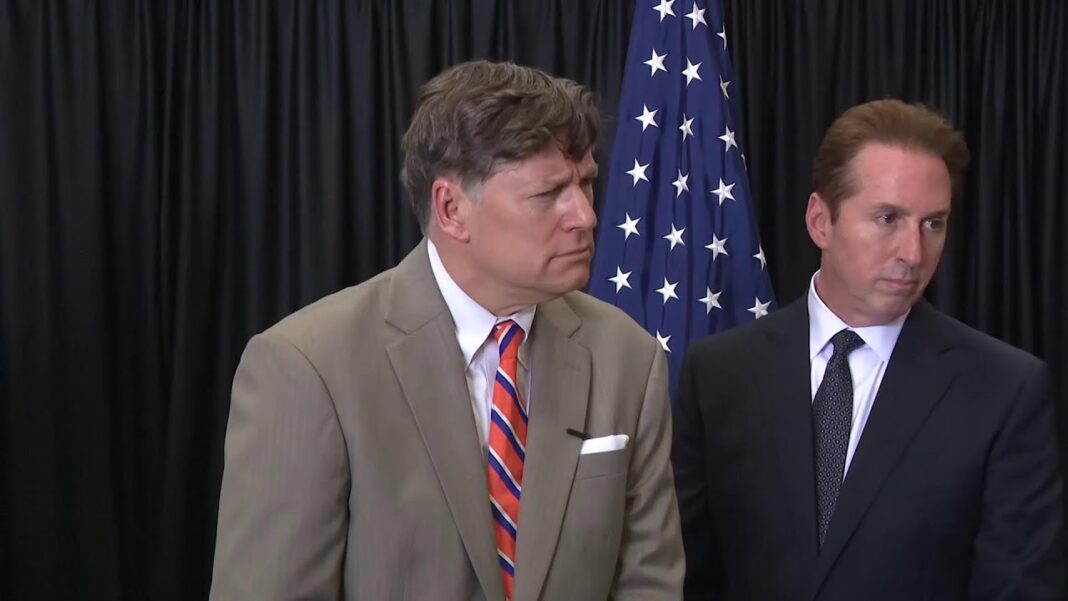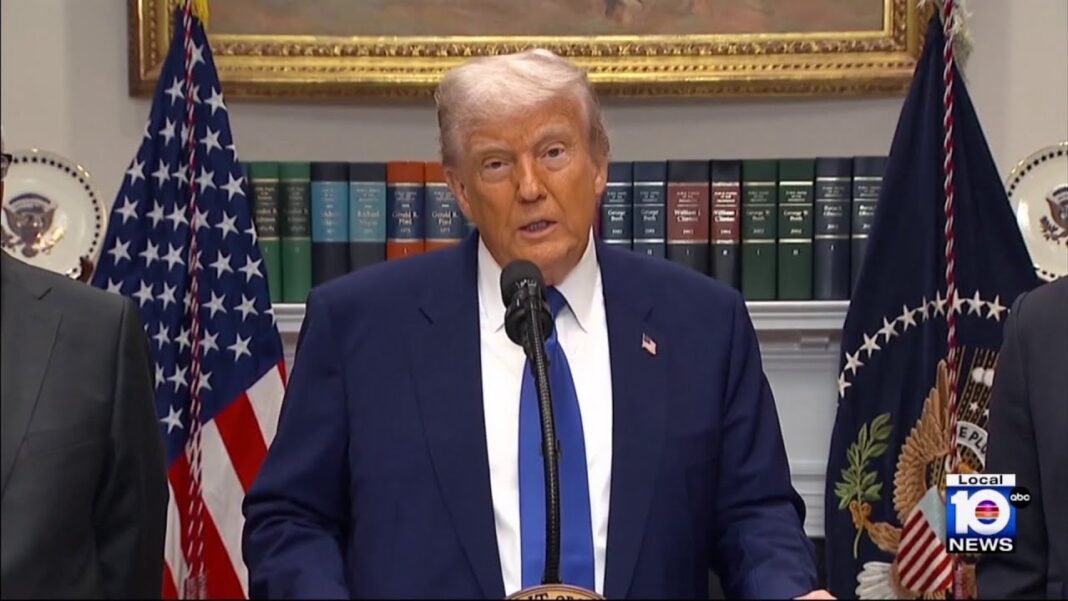Commentary
There is some significance in the fact that the new leader of one of the world’s largest religious denominations, and the head of the state and government of the world‘s most powerful and influential country, are both Americans. This certainly does not mean the impending Americanization of the Roman Catholic Church, any more than it implies the Catholicization of America. But it does demonstrate that so intelligent and international an electorate as the 133 voting members of the College of Cardinals is not intimidated by the controversy surrounding America, or the antagonism to the United States of the international left, including significant elements of the Catholic Church easily recognizable in contemporary American society.
It should also be taken as significant, and in fact, symmetrical, that both one of the world’s largest religious denominations and the world’s most important country are led by Americans. This is widely interpreted by qualified observers of the Holy See as indicative of a need for better administrative efficiency to manage the Roman Catholic Church’s finances and eliminate its central deficit. But it can also be read as a decision by the church’s ruling body to move away from the left—a stance that has affronted the traditionalist majority of Roman Catholics—and signify this with the elevation of the first English-speaking pope in 866 years (since Adrian IV) and show greater solidarity with a resurgent United States under a president focused on traditionalist goals.
This is a subtle change, as Robert Francis Prevost, now Pope Leo XIV, spent much of his clerical career combating leftist influences in pastoral work in South America, especially Peru. It has been widely assumed that he emphasized his own international orientation and the universal mission of the church by giving his inaugural remarks to the immense crowd in Saint Peter’s Square in Latin, Italian, and Spanish, without a word of English. Pope Leo also speaks French fluently and his surname, Prevost, implies a partially French background.
It would be a mistake to exaggerate the impressions generated by the successful end of a papal conclave, but the immediate filling up of Saint Peter’s Square and the approaching boulevard with very enthusiastic crowds—conspicuously including large numbers of young people—and the waving of many flags of the prominent nationalities of the world, confirms the widely recognized recent development of increased religious practice amongst Roman Catholics in the United States and a number of other disparate countries, including Spain and South Korea.
By Conrad Black








